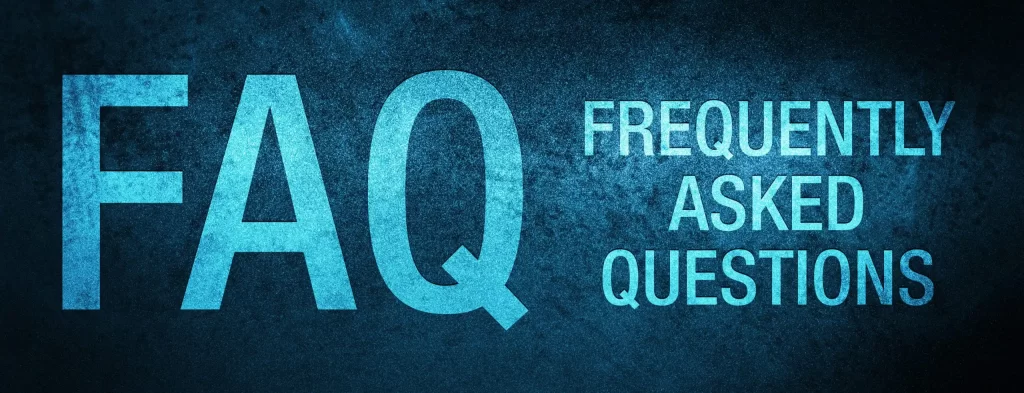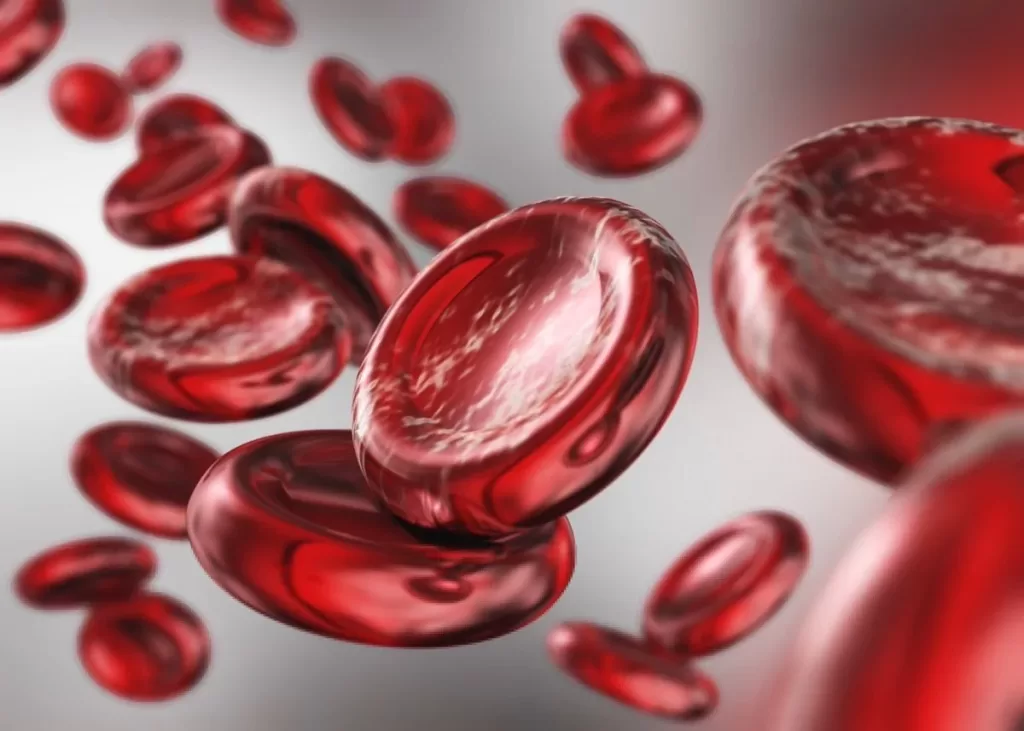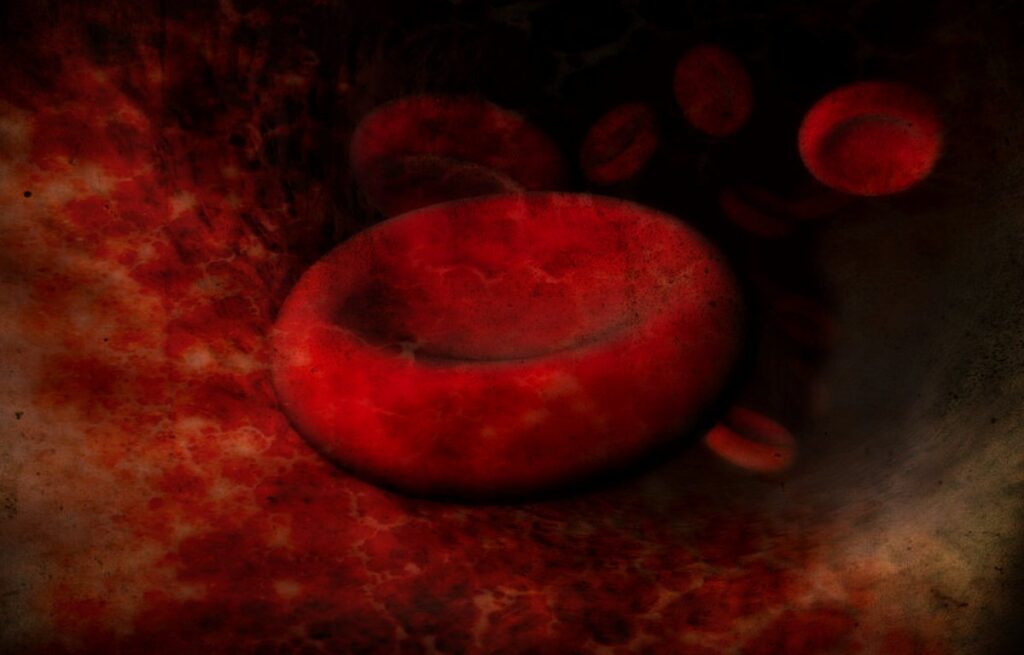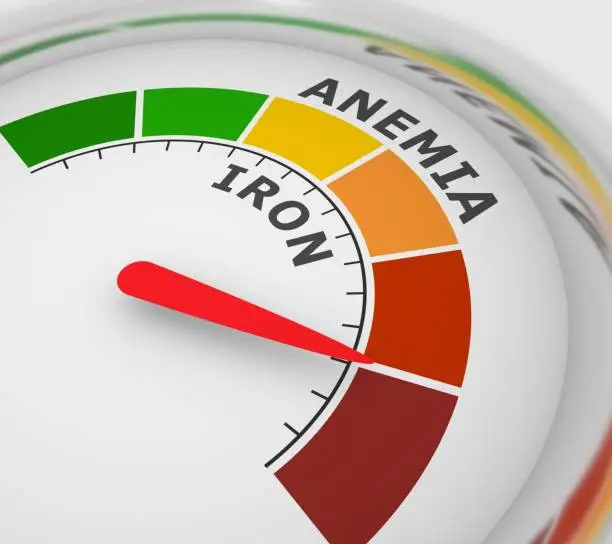Introduction
This is a comprehensive article about anemia FAQs with more than 20 questions were asked by the public.
1. What is Anemia?
Anemia is defined as a reduction in the amount of red blood cells or hemoglobin in the circulation.
When hemoglobin falls below 7.0 g/dL, the majority of patients experience symptoms.
2. What are the Symptoms of Anemia?
- Fatigue. (Most common).
- Weakness.
- Tiredness.
- Lethargy.
- Restless legs.
- Shortness of breath, especially on exertion, near syncope.
- Chest pain and reduced exercise tolerance- with more severe anemia.
- Pica- desire to eat unusual and non-dietary substances.
- Dizziness.
- Headache.
- Coldness in your hands or feet.
- Pale skin, gums, and nail beds.
- pallor or jaundice.
- Tachycardia.
- Palpitations.
Read More About: Anemia Symptoms and Treatment
3. How Do You Get Anemia?
Anemia has multiple causes that can be attributed to one of 3 processes
- Reduced red blood cell (RBCs) production:Because RBCs have a limited lifespan of 90 to 120 days, hematopoiesis must be a continuous process to keep up with natural attrition. Any hematopoiesis-disrupting process can result in a net loss of RBC mass over time, resulting in anemia.
- Increased RBCs destruction:Anemia is caused by any process that destroys RBCs or significantly shortens the lifespan of the cell to the point where hematopoiesis cannot keep up with the destruction.
- Loss of Blood:Anemia is caused by any loss of blood, whether microscopic or macroscopic, that exceeds hematopoiesis will result in anemia.
4. How to Check for Anemia?
A family history should include details about the family’s ethnic heritage, as well as any history of anemia, splenectomy, jaundice, gallbladder disease, sickle cell trait, or thalassemia.
A nutritional history is an important part of the history in determining the potential for chronic anemia by evaluating the child’s growth over time.
The physical examination should also include an evaluation for pallor, jaundice, petechiae, bruising, murmurs, adenopathy, organomegaly, frontal bossing, and congenital anomalies in the child.
Vital signs such as blood pressure, heart rate, and respiratory are all measured using the appropriate normative values for the child’s age and height.
Measurements of hemoglobin, hematocrit, and red cell provide information about red cells that helps in the diagnosis of anemia’s underlying cause.
Red cell indices include the mean cell volume, mean hemoglobin, mean cell hemoglobin concentration, and red blood cell distribution width.
Serum ferritin concentration measures iron storage and helps in the diagnosis of iron deficiency.
A method of classifying anemia is to describe cell morphology.
5. What are Blood Tests for Anemia?
Complete blood count (CBC) Includes hemoglobin, hematocrit, mean corpuscular volume (MCV), mean corpuscular hemoglobin (MCH), and mean corpuscular hemoglobin concentration (MCHC).
Iron profile Includes serum iron, ferritin, and total iron-binding content (TIBC).
Peripheral blood smear for microscopic evaluation of red blood cell morphology.
Macrocytosis profile contains vitamin B-12, folate, methylmalonic acid, and homocysteine.
7. Can Anemia Stop Your Period?
No, in fact heavy periods can cause iron deficiency anemia.
8. Can Heavy Periods Cause Anemia?
Yes, It Can.
Because the amount of iron lost per cycle. The amount of iron lost in women with heavy menstrual bleeding is 5-6 times greater than normal women so that iron deficiency anemia can develop.
More information about: Anemia and Menstruation
9. When Should You go to the Hospital for Heavy Menstrual Bleeding?
Women must recognize that their menstrual bleeding is abnormal before seeking medical attention for this condition or responding affirmatively when asked about HMB.
To determine whether or not your period is heavy, you must first determine how much blood is lost during the menstrual cycle.
One method is to count how many pads or tampons are required on each day of a period.
Keeping track for one or two months, for example, by keeping notes in a diary, can be beneficial.
10. What Foods to Avoid if you are Anemic?
Milk and dairy products can inhibit the absorption of iron, so don’t consume calcium with rich iron food in one meal.
Coffee contains tannins which inhibit iron absorption in the body.
Tea has inhibiting effects on iron absorption.
Foods that contains polyphenols such as fruits, berries, vegetables, spices, and whole grains, tea, coffee, cocoa, red wine, and some herb teas.
Soy proteins can reduce iron absorption
Eggs contain a phosphoprotein compound called phosvitin, which may be responsible for inhibiting iron.
Foods that contains oxalates such as spinach, kale, beets, nuts, chocolate, tea, wheat bran, rhubarb, and strawberries, as well as in herbs such as oregano, basil, and parsley.
For more information CLICK HERE
11. Anemia When to Go to Hospital?
You must seek immediate medical attention if RED FLAGS are identified
Red Flags
- Hb <60 g/L (including iron deficiency).
- Tachycardia, cardiac murmur, or signs of cardiac failure.
- Features of hemolysis (dark urine, jaundice, scleral icterus).
- Associated reticulocytopenia.
- Presence of nucleated red blood cells on blood film.
- Associated thrombocytopenia or neutropenia may indicate malignancy or an infiltrative disorder.
- Severe vitamin B12 or folate deficiency.
- Need for red cell transfusion: Where possible defer transfusion until a definitive diagnosis is made.
12. What are the Dangers of Anemia?
If anemia is not diagnosed or left untreated for a long time, multi-organ failure and even death can occur.
Pregnant women with anemia are more likely to go into premature labor and have babies with low birth weight.
Anemia during pregnancy increases the risk of anemia in the baby as well as increased blood loss.
Chronic anemia most commonly affects the cardiovascular system.
Complications such as myocardial infarction, angina, and high-output heart failure are common. The development of arrhythmias and cardiac hypertrophy are two other cardiac complications.
Restless leg syndrome and esophageal webs are associated with severe iron deficiency.
Severe anemia at a young age can impair neurological development, resulting in cognitive, mental, and developmental delays. These complications are unlikely to be treatable medically.
13. What Level of Anemia is Severe?
Grading of anemia, according to the National Cancer Institute, is as follows:
- Mild: Hemoglobin 10.0 g/dL to lower limit of normal.
- Moderate: Hemoglobin 8.0 to 10.0 g/dL.
- Severe: Hemoglobin 6.5 to 7.9 g/dL.
- Life-threatening: Hemoglobin less than 6.5 g/dL.
14. Can Anemia be Cured?
Sure!
Treatment focuses primarily on treating the underlying cause.
a. Anemia due to acute blood loss
IV fluids, crossmatched packed red blood cells, and oxygen.
b. Anemia due to nutritional deficiencies
Oral/IV iron, B12, and folate.
Oral iron supplementation is by far the most common method of iron repletion.
The amount of iron given to the patient is determined by his or her age, calculated iron deficit, rate of correction required, and ability to tolerate side effects.
Hemoglobin levels usually return to normal in 6-8 weeks, with an increase in reticulocyte count occurring in just 7-10 days.
In patients who require a rapid increase in iron levels, IV iron may be beneficial.
c. Anemia due to defects in the bone marrow and stem cells
Conditions such as AA require bone marrow transplantation.
d. Anemia due to chronic disease
Anemia in the setting of renal failure, responds to erythropoietin.
If it is caused by autoimmune and rheumatological conditions it will require treatment of the underlying disease.
e. Anemia due to increased red blood cell destruction
Hemolytic anemia caused by faulty mechanical valves will need replacement.
If it occurs due to medications it will require the removal of the offending drug.
Persistent hemolytic anemia requires splenectomy.
To reduce the incidence of sickling in hemoglobinopathies such as sickle anemia, blood transfusions, exchange transfusions, and even hydroxyurea are used.
The uncontrolled coagulation and thrombosis of DIC require the removal of the offending stimulus. Antifibrinolytic agents are required for patients with life-threatening bleeding.
15. Is Anemia Hereditary?
Some types of anemia are linked to genetics such as sickle-cell anemia, thalassemia, congenital pernicious anemia, fanconi anemia, hereditary spherocytosis and thrombotic thrombocytopenic purpura.
16. How to Prevent Anemia?
It is possible to avoid recurring episodes of certain types of anemia, particularly those caused by a lack of iron or vitamins.
You can stop these kinds of anemia from returning by changing your diet or taking supplements that your doctor has prescribed.
Anemia can be avoided by treating its root cause (or keep it from recurring).
The doctor might prescribe a different medication if, for instance, a medication is making the patient anemic.
Patients must fully describe all of their signs and symptoms to their doctor in order to stop the progression of their anemia. It is also advised to ask what tests should be performed and to follow the treatment plan.
Sickle cell anemia is one example of a hereditary anemia that cannot be prevented. Patients with hereditary anemia should speak with their doctor about a course of treatment and follow-up care.
17. Is There a Relationship Between Anemia and Covid-19?
Anemia was found to be common in COVID-19 patients who were hospitalized, also, it was linked to poor COVID-19 outcomes.
Anemia is an independent risk factor for COVID-19 severe illness.
Recent data show that COVID-19 patients have lower hemoglobin levels, indicating anemia, and pathologically elevated ferritin levels.
More Information About: Anemia and Covid-19
18. Can Iron Deficiency Cause Psychological Problems?
Yes!
Because iron plays different critical roles in cognitive and socio-emotional development and functioning of the brain, there is a high risk of other psychiatric disorders due to iron deficiency anemia.
Iron deficiency anemia had an increased risk of unipolar depressive disorder, bipolar disorder (BD), anxiety disorder, ADHD, delayed development, and mental retardation.
For More Information About: Anemia and Anxiety
19. Can Iron Deficiency Cause Depression?
Yes!
There is a link between depressive disorder and iron deficiency anemia, and the severity of DD symptoms increases with the level of IDA.
20. Is There a Relationship Between Anemia and Insomnia?
Studies shows that an increased likelihood of experiencing insomnia in adults was found to be significantly associated with anemia.
21. Can Anemia Affect the Wound Healing?
A wound’s remodeling process may be impacted by an iron deficiency without inflammation.
22. Is Anemia Common in Heart Failure Patients?
Yes!
In patients with heart failure (HF), anemia is a very common comorbidity that affects 50% of patients with acute decompensated HF and 30% of stable ambulatory patients.
About 50% of HF patients have functional or absolute iron deficiency (ID).
23. Is Anemia Common in Cancer Patients?
Yes!
Anemia is a common complication in cancer patients, both at diagnosis and during treatment, with significant negative consequences for quality of life and overall prognosis.
The most frequent cause of anemia in patients is iron deficiency, which can affect nearly half of those with solid and hematologic malignancies.







